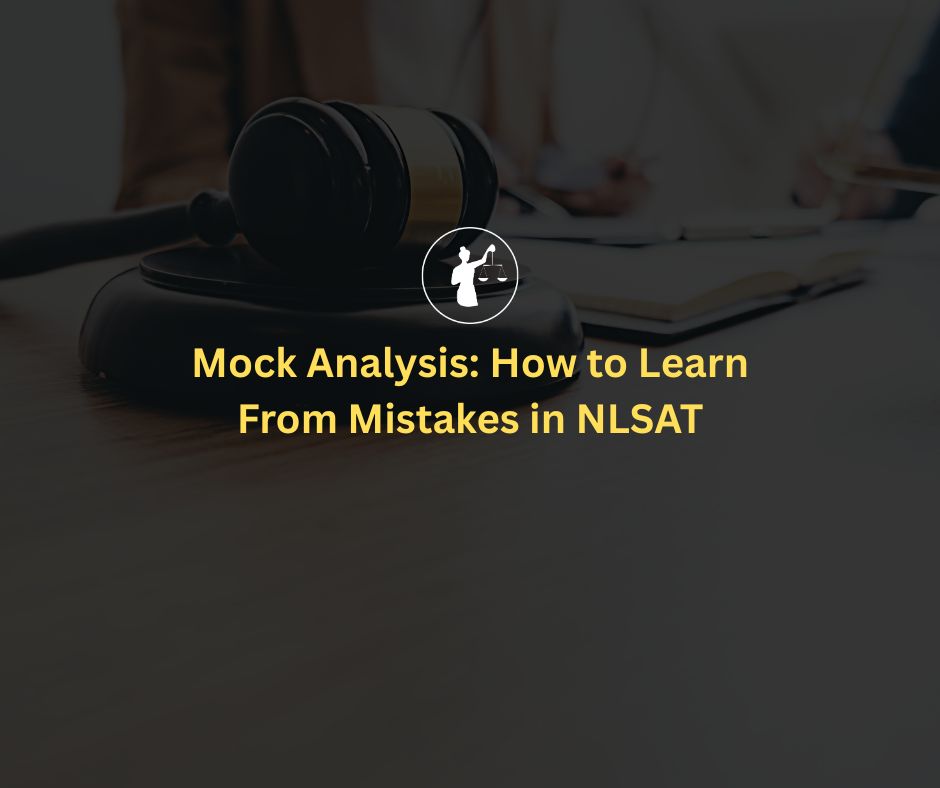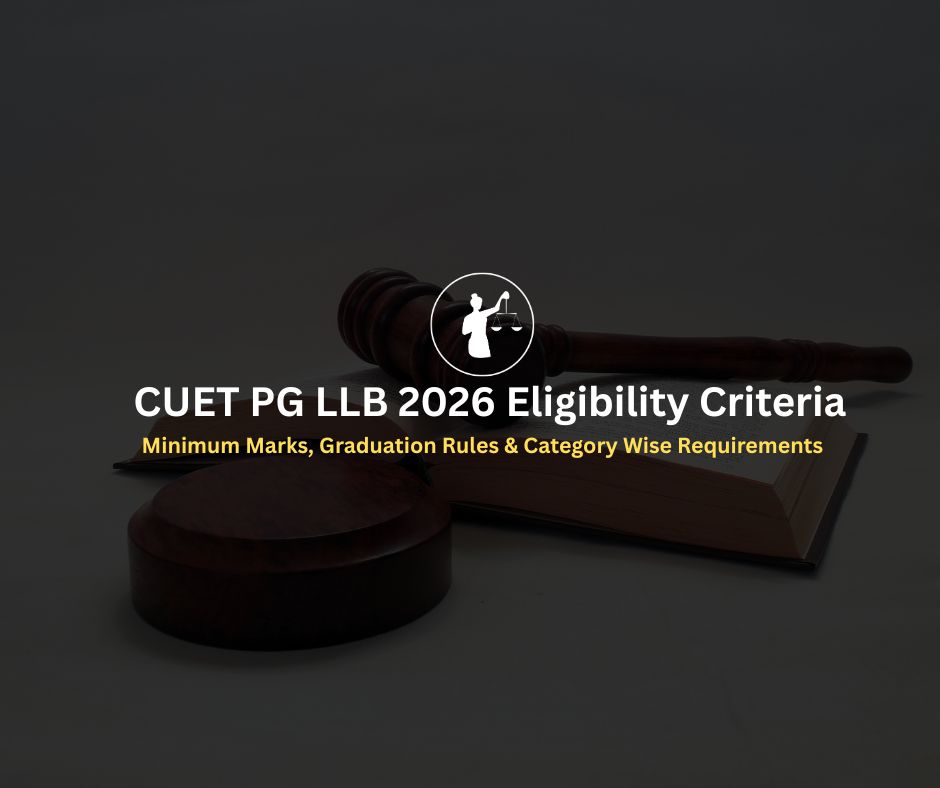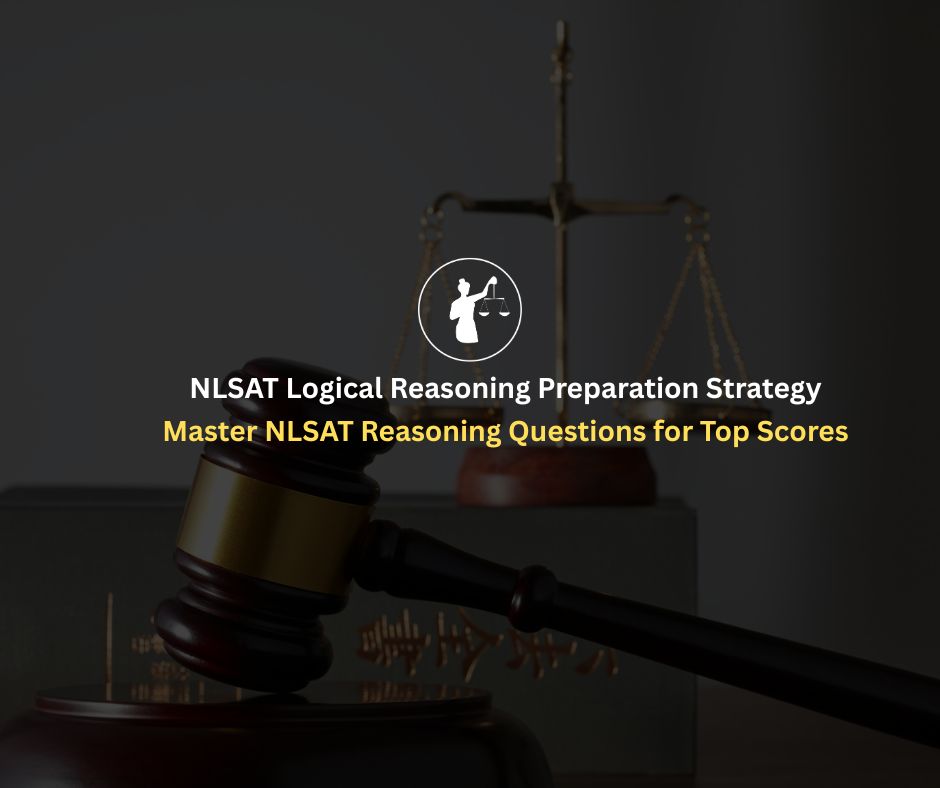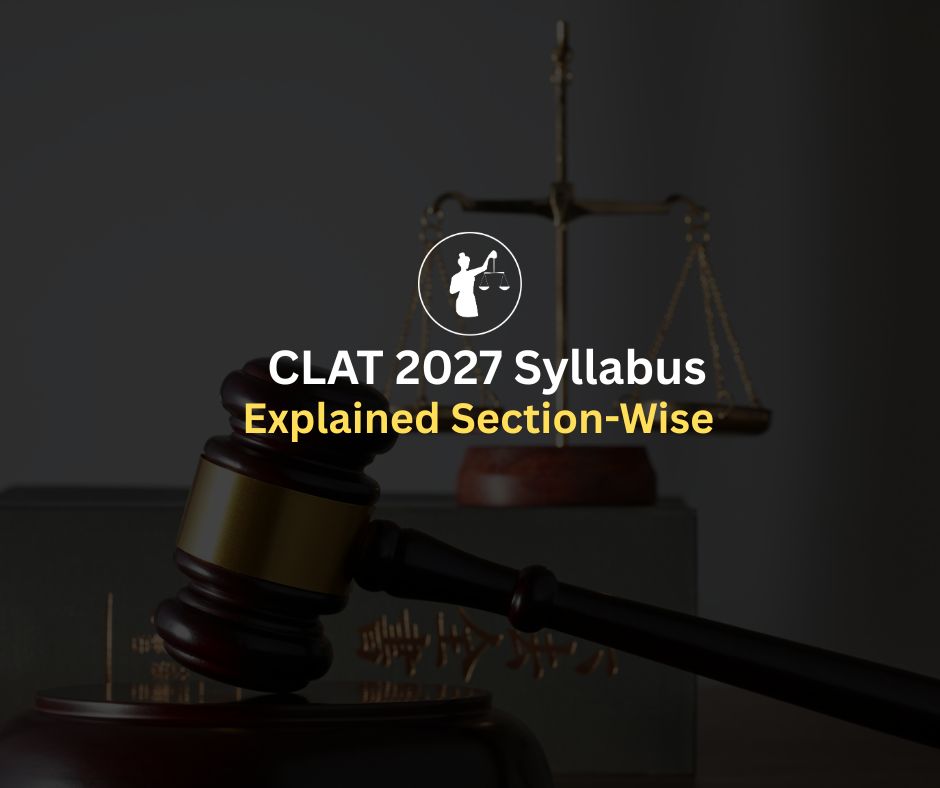
In the race to crack NLSAT 2026, success doesn’t depend only on how many mock tests you take; it depends on how you analyze NLSAT mocks and convert mistakes into measurable progress.
Mock tests are not just assessments; they’re diagnostic tools. Each one reveals hidden weaknesses, timing flaws, and conceptual gaps that can be fixed through a structured NLSAT error log strategy.
Check Out NLSAT Online Coaching and Mentorship
This guide shows you exactly how to analyze your NLSAT mocks, build a personalized mistake log, and use data-driven reflection to transform errors into higher scores.
Simply taking mocks won’t guarantee improvement. What matters is what happens after you click “submit.”
Here’s what analyzing NLSAT mocks achieves:
Identifies knowledge gaps: You’ll know which areas Legal Reasoning, critical thinking, or Current Affairs need revision.
Improves time management: By analyzing section-wise time splits, you’ll optimize your pace.
Enhances accuracy: Understanding why mistakes happen helps you fix them permanently.
Strengthens writing skills: Reviewing essay responses helps refine argument flow and structure.
Your goal is not just to take 30 mocks it’s to make every single one count through a rigorous NLSAT error log strategy.
Read More: NLSAT 2026 Exam Date Announced: Complete Details
Before you analyze NLSAT mocks, revisit what the test actually measures.
To analyze NLSAT mocks effectively, you need to track both quantitative (marks, time, accuracy) and qualitative (clarity, structure, tone) performance.
Before analyzing NLSAT mocks, ensure your attempt replicates real exam settings:
150 minutes, no interruptions
Stick to section order and strict timing
Record exact start and finish time for each section
This baseline helps you compare future mocks under identical pressure.
Immediately after finishing, reattempt every question without the answer key. Ask:
Did I misread the question?
Did I apply the wrong concept?
Was it a time-pressure error?
Doing this builds clarity about the root cause of mistakes.
Read More: NLSAT 2026: 10-Minute Daily Drills for Quick Practice
A key component of your NLSAT error log strategy is classification. Use these mistake types:
The more granular your analysis, the more efficient your NLSAT error log strategy becomes.
Read More: Top Free Online Resources and Tools for NLSAT Prep
Your NLSAT error log strategy is the backbone of progress tracking. Create a digital or handwritten sheet like this:
Revisiting this log weekly lets you spot recurring mistake patterns and measure growth.
Analyze NLSAT mocks with a focus on measurable data. Use a Mock Review Tracker like the one below:
When you analyze NLSAT mocks like this, you’re not just tracking scores you’re tracking skills.
Read More: Overcoming Low Mock Scores: 4-Week NLSAT Plan
Preparation Timeline Table
Each week, your NLSAT error log strategy becomes sharper helping you transition from random attempts to targeted mastery.
Read More: How to Use IRAC and CRAC in NLSAT Subjective Answers
Track which question types (fact-based vs principle-based) cause more errors.
Record every misapplied rule in your NLSAT error log.
Focus revision on high-frequency topics like contracts, torts, and constitutional law.
Analyze assumptions and inference errors.
Use argument-mapping techniques to improve logic consistency.
Maintain a “Fact Vault,” a daily note of new facts or missed GK questions.
Revisit every wrong GK question twice: once immediately and again after 7 days.
Break down feedback into structure, argument strength, and coherence.
Maintain an Essay Error Log: keep 3–4 essay rewrites showing evolution in reasoning clarity.
Read More: NLSAT Time Management: Objective vs Subjective Tips
Consistency beats intensity when you analyze NLSAT mocks effectively.
Read More: Building Legal Reasoning for Beginners Made Simple
At NLTI, mock analysis isn’t an afterthought it’s a structured, mentored process.
Our NLSIU-trained mentors help students:
Decode mock test data for actionable insights
Maintain detailed NLSAT error logs for every test
Identify thought-flaw patterns in legal reasoning
Conduct group reviews to discuss alternate problem-solving approaches
This mentorship ensures you don’t just collect data you transform data into performance.
Q1. How should I analyze NLSAT mocks for best results?
Break each mock into sections, record accuracy, classify errors, and maintain an NLSAT error log. This structured review is the most reliable method to analyze NLSAT mocks effectively.
Q2. What is an NLSAT error log strategy?
It’s a systematic approach to record and categorize every mistake made in your mocks by section, topic, and cause helping you convert repeated errors into improvement.
Q3. How many mocks should I analyze before NLSAT?
Take and analyze at least 20–25 mocks, ensuring every analysis includes error categorization and time-management review.
Q4. Should I analyze correct answers too?
Yes. Even correct answers can result from lucky guesses. Verifying logic behind them strengthens accuracy and reasoning depth.
Q5. How do I track improvement using an NLSAT error log?
Compare metrics like accuracy rate, recurring error %, and essay coherence across mocks. A consistent upward trend means your analysis is working.
Q6. How can I make mock analysis more efficient?
Use spreadsheets or digital logs with filters (topic, mistake type, improvement status) for quick progress visualization.
Q7. How does analyzing NLSAT mocks improve essay performance?
By reviewing essays critically, you identify weaknesses in structure, argument, and tone allowing precise corrections in future mocks.
Q8. How does NLTI support NLSAT mock analysis?
NLTI mentors provide one-on-one mock feedback, structured NLSAT error log templates, and actionable insights to enhance accuracy and speed.
To analyze NLSAT mocks is to uncover your personal roadmap to success. Every wrong answer is feedback. Every mistake, a chance to grow.
Your NLSAT error log strategy is not just a document it’s your preparation mirror. Reflect often, refine continuously, and repeat with purpose. That’s how toppers turn mistakes into mastery.





